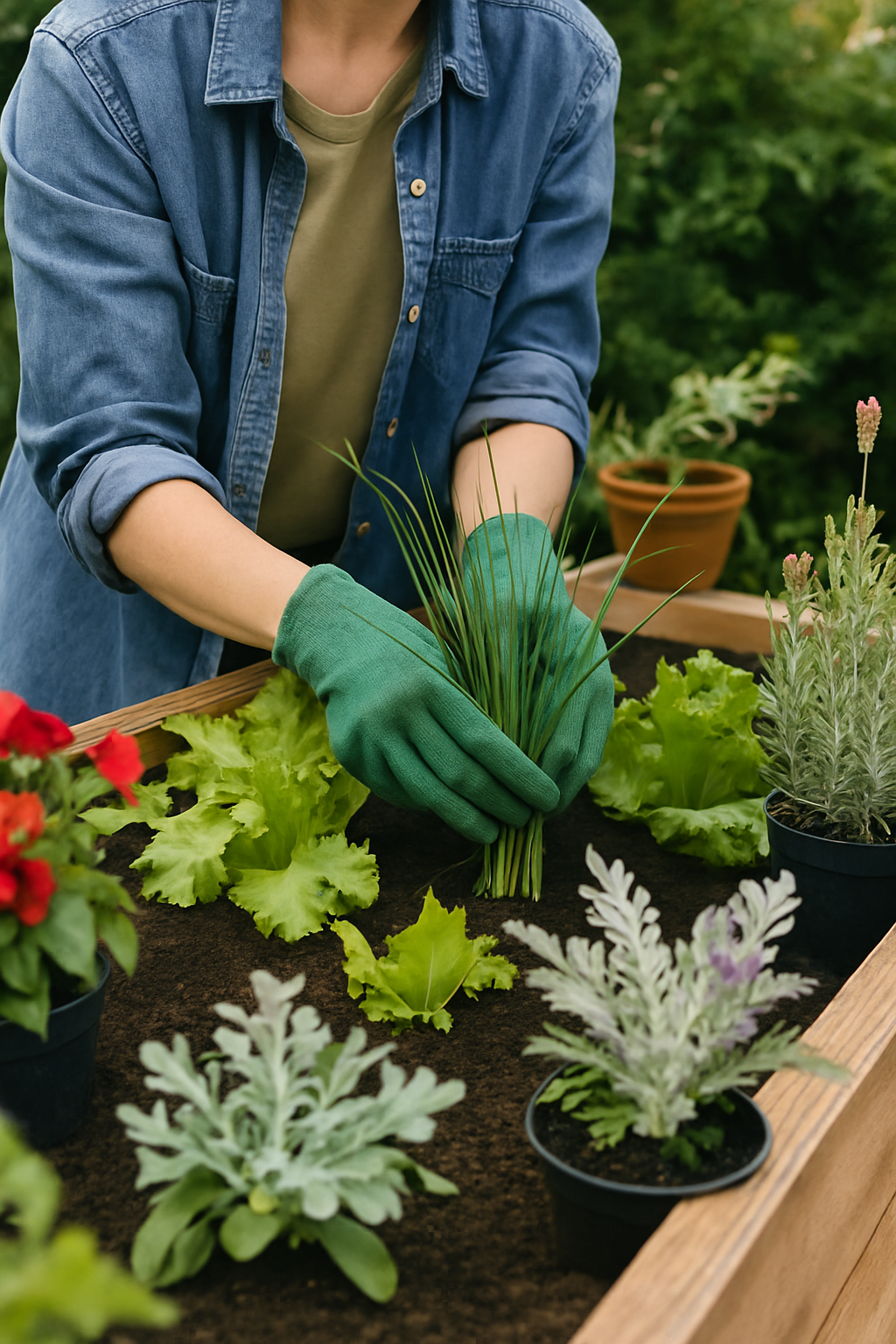The most basic element of garden design consists of planning the garden layout. In this blog, I’ll discuss two principles of planning – proportion and scale – so that you can maximise the space in your garden, no matter how small it may be.
Many homes have gardens which are very small, especially in towns and cities where space is limited. Smaller gardens are ideal for busy people who have little time for gardening or for older people who may have downsized from a larger garden. While small gardens can prove challenging to design due to their limited size, they can be wonderful creations and additions to a gardener’s life. In fact, some of the best gardens I have seen are small gardens which have been thoughtfully planned and allow the designer’s personality to shine through.
Proportion
The proportions of the areas within a garden should relate to each other and I often use the golden ratio when designing a garden layout. The golden ratio is a mathematical and artistic theory of proportion that has been used throughout history as a guide to balancing design elements. Using this method allows you to consider the proportions of your house and environment in relation to layout of the garden. For example, you can use the golden ratio to design the layout of your patios, lawns or raised flowerbeds. A practical example of this is to use smaller paving units in a small garden in order to keep everything in proportion.
Thinking about how to achieve good proportions throughout your garden will also help you to develop your skills in other areas of design, such as how to use shapes; how colour and light work together; and how plants behave in different locations.
Scale
A home garden should be functional, so I recommend scaling your garden to suit your needs. For example, if you like to sit in your garden, make it big enough to relax in; if you like to walk in it, make the paths wide; if you value privacy, create private areas with pergolas that are high and spacious enough not to be feel claustrophobic. Remember that the plants you choose also need to relate to the size of the space – large trees tend to dominate small areas and placing low perennials next to a high wall is not recommended.
While it might seem counter-intuitive, creating different garden rooms can increase the apparent size of the garden, introduce different functionality and create a sense of expectation and surprise. Use hedges, screens or changes in surface to create subdivisions and make even the smallest garden space appear bigger.
Here are some other visual tricks you can use to give the illusion of more space:
· Offset brighter foreground elements with darker background elements. For example, placing darker artistic panels in the distance behind bright pergolas will create a colour contrast and open up the space
· Curve your path so you can’t see the end
· Create a colour gradient with your plants, with warmer colours in areas closest to the house and cooler colours farther away
All of these tips and tricks work can together to make the most of your garden space. What are your design tips when working with small gardens?

